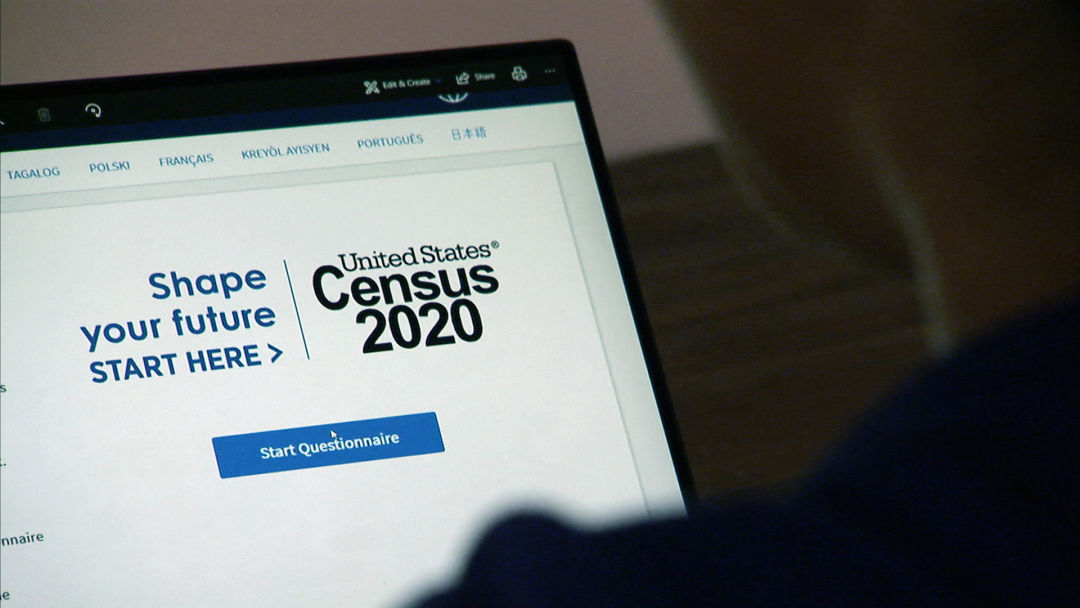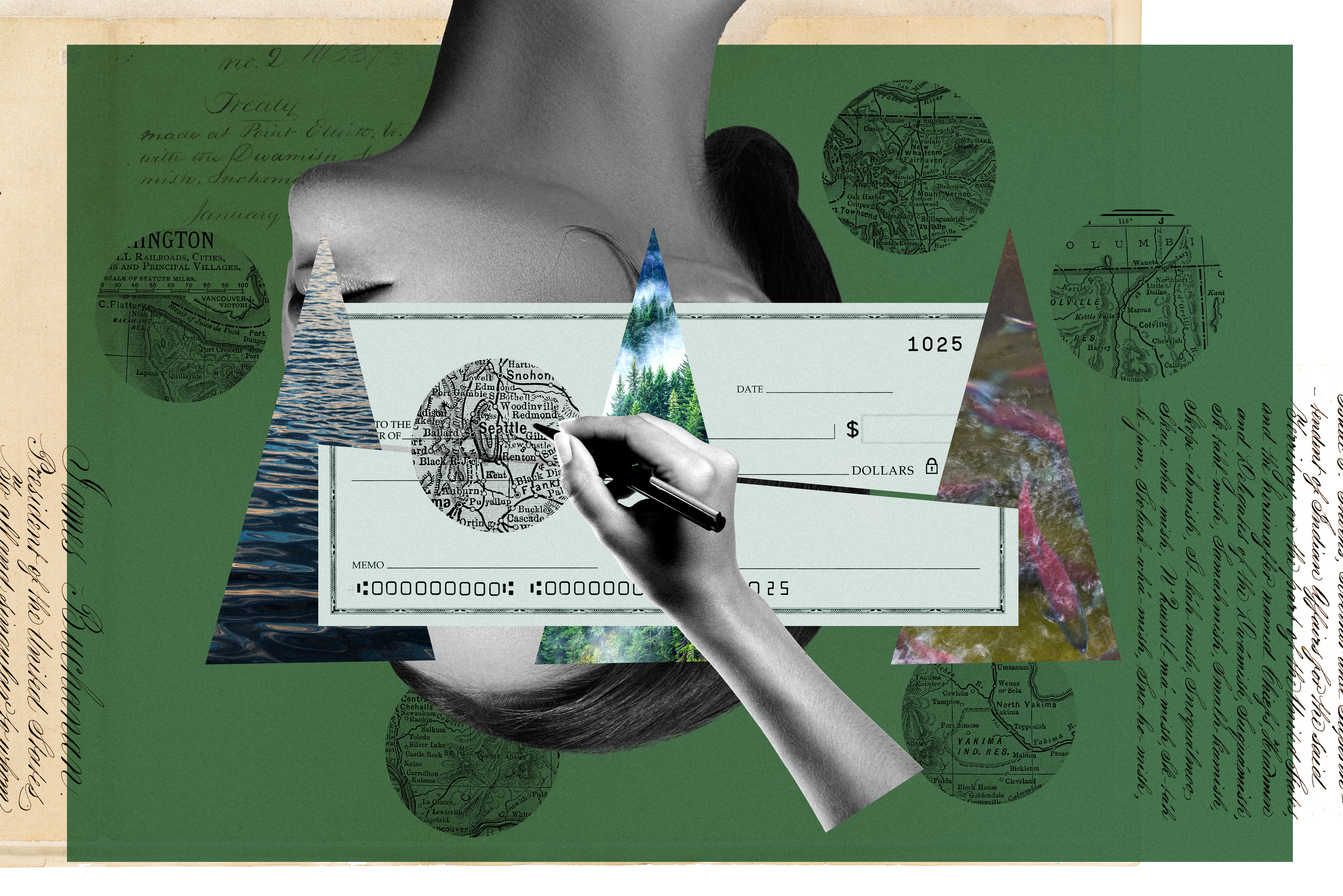Fill Out Your Damn Census Forms, Seattle

You don't even have to walk to the mailbox anymore.
Image: Courtesy U.S. Census Bureau
Today is April 1, which, every year, brings a few smart pranks and a great many awful attempts at humor. But during this socially distanced April Fools’ Day, you should be able to avoid all that noise (muting is your friend) and have plenty of time to fill out your 2020 U.S. Census form.
The arrival of Census Day means that every U.S. household should have received the decennial questionnaire by now. The U.S. Census Bureau began mailing them out on March 12, though you don't have to respond that way; you can also finish them online and by phone in many different languages. (If you have any questions, click here.) The goal of the census is to count every person living in the U.S. and its five territories every 10 years. It asks you questions about your age, sex, race, and the number of people in your household, among other things, and usually takes 10 minutes or less to complete.
What does the count affect? It determines state and congressional district lines, House of Representatives seats, new school and clinic locations, and billions in federal funding for “more than 100 programs, including Medicaid, Head Start, block grants for community mental health services, and the Supplemental Nutrition Assistance Program.” So, basically everything.
Recognizing this importance, the U.S. Census Bureau and various nonprofits normally mobilize mass census awareness efforts. But the novel coronavirus has compromised those campaigns. The Bureau suspended field operations for two weeks in mid-March, and others locally have had to halt their in-person plans. The Seattle-based National Urban Indian Family Coalition (NUIFC) is one organization aiming to boost Native communities’ census participation; in 2010, American Indians and Alaska Natives living on reservations were severely undercounted, likely by about 4.9 percent. (The undercount of American Indians not living on reservations “was not statistically different from zero,” according to the Bureau.) A dip in the tally can affect, for instance, the Department of Labor’s workforce development allocations for Native communities.
NUIFC has worked with other organizations—Chief Seattle Club and the United Indians of All Tribes Foundation, to name a couple—to make sure that doesn’t happen this time around. But COVID-19 is a major obstacle. The virus changed everything, according to Janeen Comenote, NUIFC’s executive director. “Most of our funding was going to events. We had powwows and community dinners and community giveaways and all of these face-to-face activities that were planned for March and through April,” she says, “and obviously none of those are happening.” Social media is what’s left, she says, as well as a PSA filmed in Seattle for Comcast.
With a 46.3 percent self-response rate as of this writing, Seattle has turned in its forms at a higher clip than that of the state (42 percent) and the nation (38.4 percent). The city trails its 72.6 percent mark from 2010, but there’s still time to make up that ground: The Bureau’s goal is to conclude the count by the end of the year.
In the meantime, you can follow every state, county, and city’s progress here. We could all use a different updating map to look at these days, anyway.




